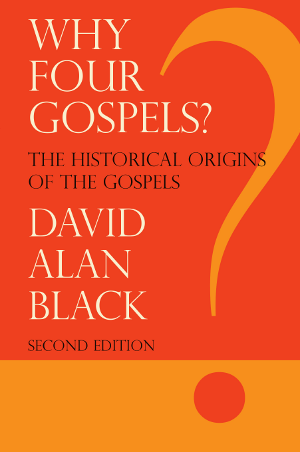4:45 PM If you are a Civil War buff (as I am you) have probably seen the movie Gettysburg starring Martin Sheen as Robert E. Lee and Jeff Daniels as Joshua Chamberlain. There’s an unforgettable scene that takes place on the first day of battle. Union cavalry General John Reynolds is in the copula of the Lutheran Theological Seminary when General John Reynolds of the Union I Corps rides up. “Thank God,” says a tearful Buford. “What goes, John?” asks Reynolds. “There’s a devil to pay,” replies Buford. “Can you hold?” inquires Reynolds. “I reckon I can,” says Buford. At this point, Buford descends from the copula and the two generals ride off toward the sound of battle on McPherson’s Ridge.
Actually, nothing like this ever happened. As General Reynolds, at the head of the Union I Corps, rode into Gettysburg that morning along the Emmitsburg Road, he passed through the town and then hurried on to the Chambersburg Pike in search of Buford. He found him on McPherson’s Ridge with his men, attempting to keep the enemy in check for as long as possible. The dramatized account of Reynolds and Buford meeting at the Lutheran Seminary and their verbal exchange is based on a completely discounted account filled with after-the-fact embellishments.
Perhaps there’s an application here to today’s study of the Gospels. Many New Testament scholars question the historical reliability of the four Gospel accounts of the life of Christ. They insist that the records are filled with after-the-fact embellishments — a fact that requires scholars to search for the “historical Jesus” beneath the accretions of tradition, much like peeking an opinion to its core.
For example, on one of the most important points of the Jesus story — the resurrection and the empty tomb — all the Gospels agree. Yet even when confronted with this evidence many people do not find the truth of the resurrection easy to accept. Nevertheless, belief in the resurrection of Christ is essential to our faith. Apostolic preaching confirmed it and even made it a condition of salvation: “If you confess with your mouth that Jesus is Lord and believe in your heart that God raised him from the dead, you will be saved” (Rom. 10:9).
I wrote my book Why Four Gospels? not so much to argue for Matthean priority as to affirm the complete historicity and apostolicity of the Gospels. Early in my Christian experience I discovered that the Gospels were — and needed to be — central in my understanding not only of the Good News about Jesus Christ but of life itself. Only the cross of Jesus can supply meaning to life, and that is because the cross and the resurrection are an interwoven reality. Of one thing I am quite certain: Christianity is a historical faith. It is rooted and grounded in historical fact. No “leap of faith” is required to believe in Jesus. As I once heard Francis Schaeffer put it in Switzerland, you don’t have to put your brain in park or neutral to become a Christian. His cross is the center of all history. It is the crossroads of the universe. No one can avoid confrontation with it.
It is my prayer that skeptics may come to the Gospels with an open mind and heart, for there the living Christ is ready to meet Doubting Thomases in their pessimism and the travelers to Emmaus in their intellectualism.
(From Dave Black Online. Used by permission. David Alan Black is author of Energion titles The Jesus Paradigm, Christian Archy, and Why Four Gospels?.)

One Comment
Comments are closed.